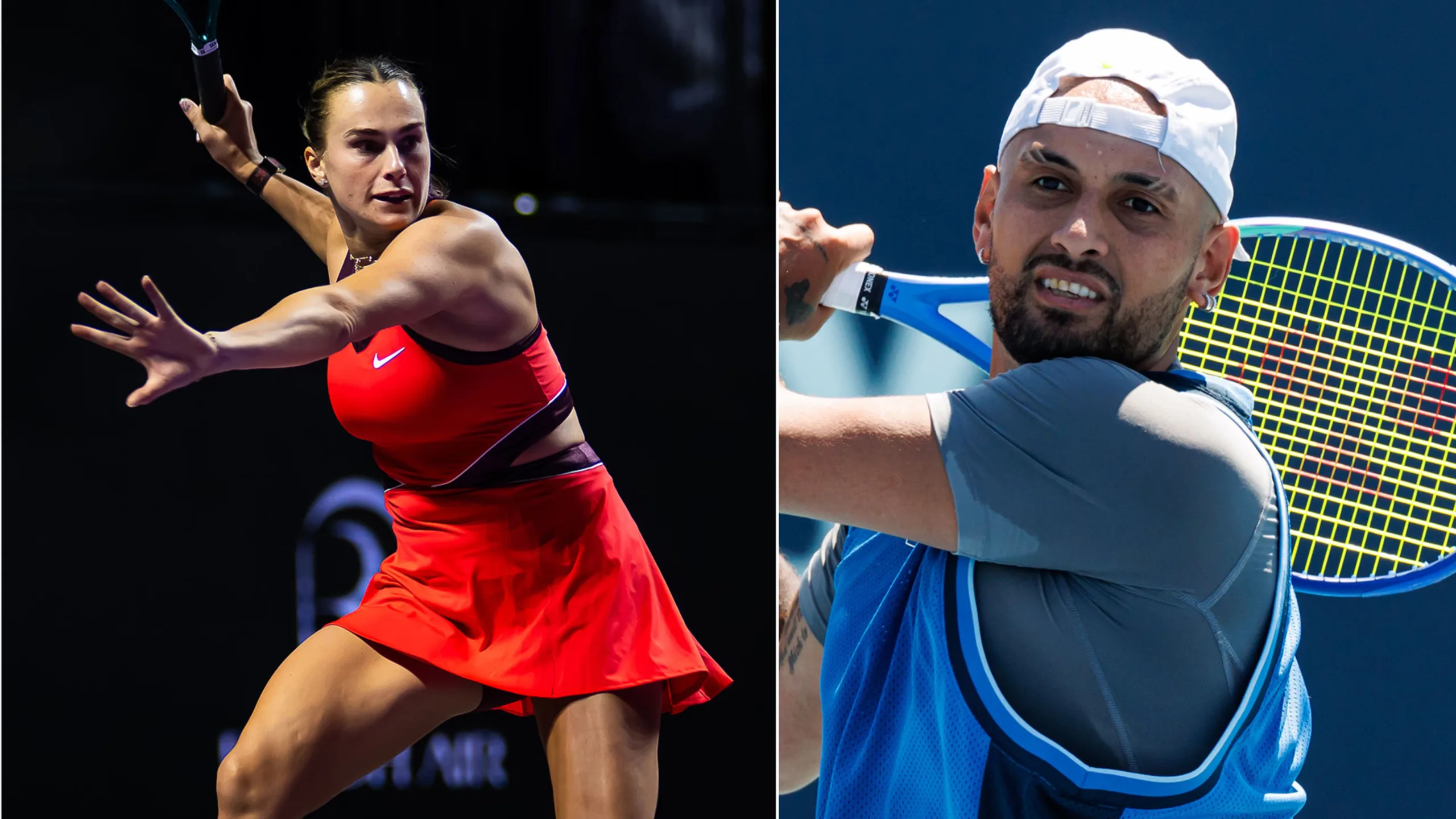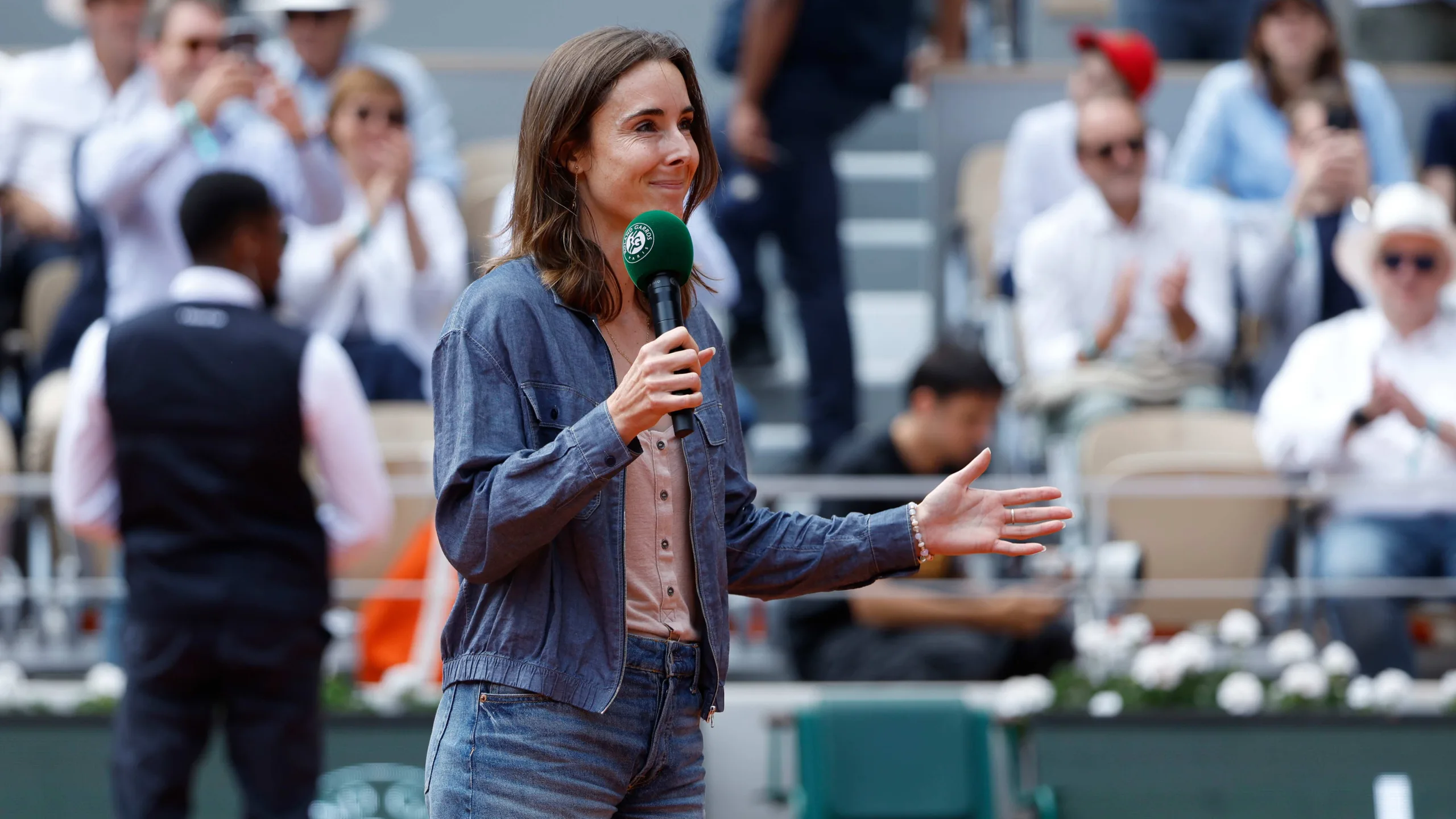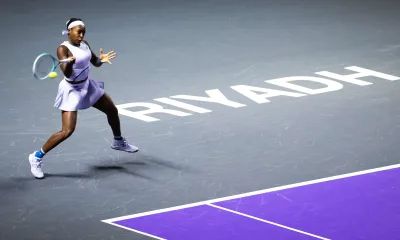Player News WTA
Osaka condemns Ostapenko remark after volatile Townsend exchange
Naomi Osaka criticised Ostapenko’s words after the Townsend incident, speaking after her US Open win

Naomi Osaka publicly weighed in on the controversy that followed the tense exchange between Taylor Townsend and Jelena Ostapenko. The incident, which erupted immediately after the second-round match, centred on Ostapenko accusing her opponent of having “no education and no class” as players left the court.
Speaking after a straight-sets win over American Hailey Baptiste, Osaka described the comment as deeply problematic. “I think obviously it’s one of the worst things you can say to a black tennis player in a majority white sport,” she said. Osaka added context about Townsend as a player: “Granted, I know Taylor and I know how hard she’s worked and I know how smart she is, so she’s the furthest thing from uneducated or anything like that.
“If you are genuinely asking me about the history of Ostapenko, I don’t think that’s the craziest thing she has said. It was bad timing and the worst person she could have said that to.
“I don’t know if she knows the history of it in America and she will never say that again, but it’s just terrible. That was really bad.” Osaka recorded a 6-3, 6-1 victory over Baptiste to reach the third round at the US Open for the first time since 2001.
Townsend addressed the episode in an on-court interview, and social media conversation intensified after Ostapenko posted her version of events, saying her opponent refused to apologise for a net call: “she was very disrespectful as she had a net ball in a very deciding moment and didn’t say sorry”. That post drew messages accusing Ostapenko of racism, allegations she strongly denied in a later message in which she wrote: “Wow how many messages I received that I am a racist. I was NEVER racist in my life and I respect all nations of people in the world, for me it doesn’t matter where you come from.
“There are some rules in tennis and unfortunately when the crowd is with you you can’t use it in [a] disrespectful way to your opponent.
“Unfortunately for me, coming from such a small country I don’t have that support and a chance to play in [my] homeland.
“I always loved to play in the US and US Open, but this is the first time is approaching the match [in] this disrespectful way.” She later deleted the post.
World No 1 Aryna Sabalenka said she had tried to calm Ostapenko after the match: “I actually spoke to Jelena after the match, but during our conversation, I didn’t know what had happened. Well, I have to say that she’s nice. She just sometimes can lose control. She has some things in life to face and some struggles.
“I was just trying to help her… I don’t know… not like face it in a more mature way, but I was just trying to help her to settle down. I was just someone she could speak to and just let it go.
“I think sometimes she just lose control over her emotions, which is pretty tough and I really hope that one day she will figure it out herself and she will handle it much better.”
ATP Player News WTA
Sabalenka and Kyrgios to meet in Dubai ‘Battle of the Sexes’ exhibition
Sabalenka and Kyrgios will meet in Dubai on Dec. 28 for a ‘Battle of the Sexes’ exhibition. indoors.

Top-ranked Aryna Sabalenka and former Wimbledon finalist Nick Kyrgios are scheduled to face each other in a “Battle of the Sexes” exhibition set for Dec. 28 in Dubai. The match will be played indoors at the 17,000-seat Coca-Cola Arena, and both players posted logistical details on their social media channels after Sabalenka confirmed during the U.S. Open that discussions for the match were underway.
Before their head-to-head meeting in Dubai, both players will take part in an exhibition in New York on Dec. 8, though they will not play one another there. Sabalenka will face Naomi Osaka and Kyrgios will play Tommy Paul in that event.
Kyrgios has outlined specific conditions for the Dubai match, saying he would get only one serve and would be hitting toward a smaller side of the court. The Australian, who has barely played in recent years because of injuries, has predicted he will win easily.
“I cannot wait to get back out on court,” Kyrgios said in an Instagram story. “Honestly I’m feeling amazing. I never thought I would be back into this position, being able to travel the world, see my fans and play some amazing tennis.”
The exhibition borrows its name from the famous 1973 meeting between Billie Jean King and Bobby Riggs, a match King won in straight sets in the Houston Astrodome. Sabalenka enters the off-season as a four-time Grand Slam champion and one of the top attractions on the women’s tour, while Kyrgios returns to a spotlighted appearance after a period of limited competitive play.
Billie Jean King Cup Governing Bodies Player News
Alizé Cornet named captain of France’s Billie Jean King Cup team
Alize Cornet named France Billie Jean King Cup captain after retiring; will prepare Olympic team…

Alizé Cornet has been appointed captain of France’s Billie Jean King Cup team a few months after retiring from tennis a second time earlier this year. The French tennis federation announced the nomination on Sunday, saying Cornet stood out from other candidates because of her “investment in French tennis, her profile, her motivation and her availability.”
The 35-year-old replaces Julien Benneteau, who held the role since 2019. Cornet’s remit will extend beyond the Billie Jean King Cup squad and includes preparing the French Olympic team leading up to the Los Angeles Games in 2028, monitoring national team players during competitions and overseeing youth teams.
“I appreciate the trust the federation has placed in me, and I am determined to do everything I can to help our players reach their full potential,” Cornet said in a statement. “My goal is to build a strong team spirit, based on high standards, solidarity, and a passion for the French jersey.”
Cornet brings the experience of a 20-year professional career to the role. Touted as a young prodigy, she achieved a career-high ranking of No. 11 in 2009 and won six singles titles. Known as a solid baseline player with a strong backhand, she also held the women’s record for most consecutive Grand Slam tournaments played at 69, a streak that ran from the 2007 Australian Open to last year’s French Open.
The federation emphasized Cornet’s availability and motivation when confirming the appointment. Her new duties place her at the centre of France’s national-team planning as preparations begin toward future international events and the 2028 Olympic cycle.
Analytics & Stats Player News Tennis Coaching
Alcaraz’s off-hand: the hidden engine behind his forehand
Alcaraz’s extended off-hand increases shoulder coil, storing energy that fuels his explosive forehand

Watch almost any top-level player hit a forehand and you will notice the off-hand is not idle. During the takeback it helps position the racquet and rotate the upper body, creating structure and stored energy to release into the shot. For most players the hands separate during the takeback and the off-arm stays parallel to the net.
The current men’s No. 1 takes a different route. Where most players let go of the racquet’s throat when the off-arm is just about parallel to the net, he holds it until his left hand is even with his hitting shoulder. That retained contact changes how his stroke loads and unloads.
Keeping the off-hand on the racquet longer creates greater upper body tension. Mimic his turn and you can feel the stretch in the lats. The added shoulder rotation builds more stored energy that can be transferred into the swing. Yet the result is not a bigger, slower motion. He turns his shoulders more while maintaining a compact geometry: a bent hitting elbow and the racquet head level with the chest, similar to players who use a more modest shoulder turn.
That combination lets him generate faster swing speed without an exaggerated path. He uncoils with a relatively loose arm and so produces immense racquet head speed without relying on an extreme loop or oversized swing.
He is not a template everyone can copy. Few players can replicate his range of motion, upper body flexibility or world-class timing. Even so, approximating a deeper shoulder coil and delaying the separation of the off-hand can measurably increase the amount of energy available to a forehand. For players and coaches focused on adding speed and consistency, the lesson is clear: the off-hand is an active tool for storing rotation-based power, not merely a balancing aid.
-

 Analytics & StatsATPUS Open2 months ago
Analytics & StatsATPUS Open2 months agoSinner: Predictability Cost Me in US Open Final as Cahill Reveals Djokovic’s Counsel
-

 Analytics & StatsUS OpenWTA2 months ago
Analytics & StatsUS OpenWTA2 months agoAfter the US Open: Six WTA takeaways from the 2025 tournament
-

 Analytics & StatsFinalsWTA2 months ago
Analytics & StatsFinalsWTA2 months agoCan Iga Swiatek Overturn Aryna Sabalenka for 2025 Year-End No 1?












